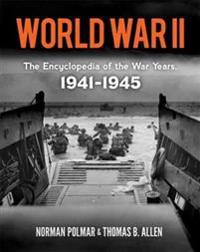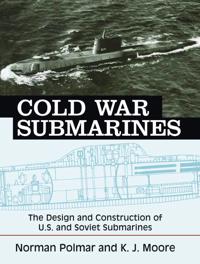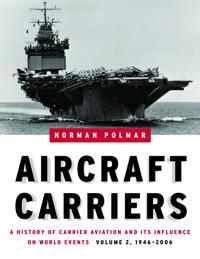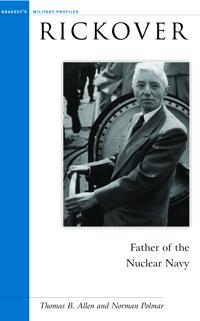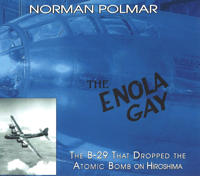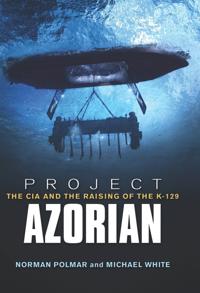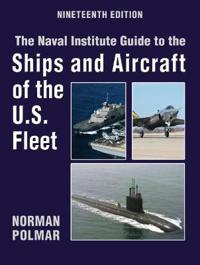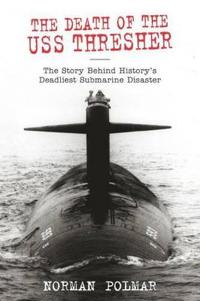World War II (Pocket)
avNorman Polmar, Thomas B. Allen, Norman Polmar
ISBN: 9780486479620 - UTGIVEN: 2012-08Cold War Submarines (Pocket)
avNorman Polmar, Kenneth J. Moore, Norman Polmar
ISBN: 9781574885309 - UTGIVEN: 200505Submarines had a vital, if often unheralded, role in the superpower navies during the Cold War. Their crews carried out intelligence-collection operations, sought out and stood ready to destroy opposing submarines, and, from the early 1960s, threatened missile attacks on their adversary s homeland, [...]
Aircraft Carriers (Inbunden)
avNorman Polmar
ISBN: 9781574886658 - UTGIVEN: 200703In the post-1945 era, the aircraft carrier has remained a valued weapon despite the development of nuclear weapons, cruise and ballistic missiles, and highly capable submarines. At times, as in the early days of the Korean and Vietnam Wars and in the Falklands conflict, carriers alone could deploy h[...]
Rickover (Pocket)
avThomas B. Allen, Norman Polmar, Thomas B. Allen
ISBN: 9781574887044 - UTGIVEN: 2007-08Hyman G. Rickover was not long removed from his Jewish roots in Poland when he graduated from the U.S. Naval Academy in 1922. After a respectable career spent mostly in unglamorous submarine and engineering billets, he took command of the U.S. Navy s nuclear propulsion program and revived his career[...]
The Enola Gay (Pocket)
avNorman Polmar
ISBN: 9781574888362 - UTGIVEN: 2004-03The world entered the atomic age in August 1945, when the B-29 Superfortress nicknamed Enola Gay flew some 1,500 miles from the island of Tinian and dropped an atomic bomb on Hiroshima, Japan. The Little Boy bomb exploded with the force of 12.5 kilotons of TNT, nearly destroying the city. Three days[...]
Project Azorian (Häftad)
avNorman Polmar, Michael White
ISBN: 9781591146681 - UTGIVEN: 201209Despite incredible political, military, and intelligence risks, and after six years of secret preparations, the CIA attempted to salvage the sunken Soviet ballistic missile submarine K-129 from the depths of the North Pacific Ocean in early August 1974. This audacious effort was carried out under th[...]
The Naval Institute Guide to the Ships and Aircraft of the U.S. Fleet (Inbunden)
avNorman Polmar
ISBN: 9781591146872 - UTGIVEN: 201204The most complete resource of its kind, complete with up-to-date photographs, line drawings and useful appendixes Continuing the longstanding tradition as the most complete naval resource of its kind, this updated 19th edition of The Naval Institute Guide to the Ships and Aircraft of the U.S. meets[...]
The Death of the USS Thresher: The Story Behind History's Deadliest Submarine Disaster (Häftad)
avNorman Polmar
ISBN: 9781592283927 - UTGIVEN: 200404

